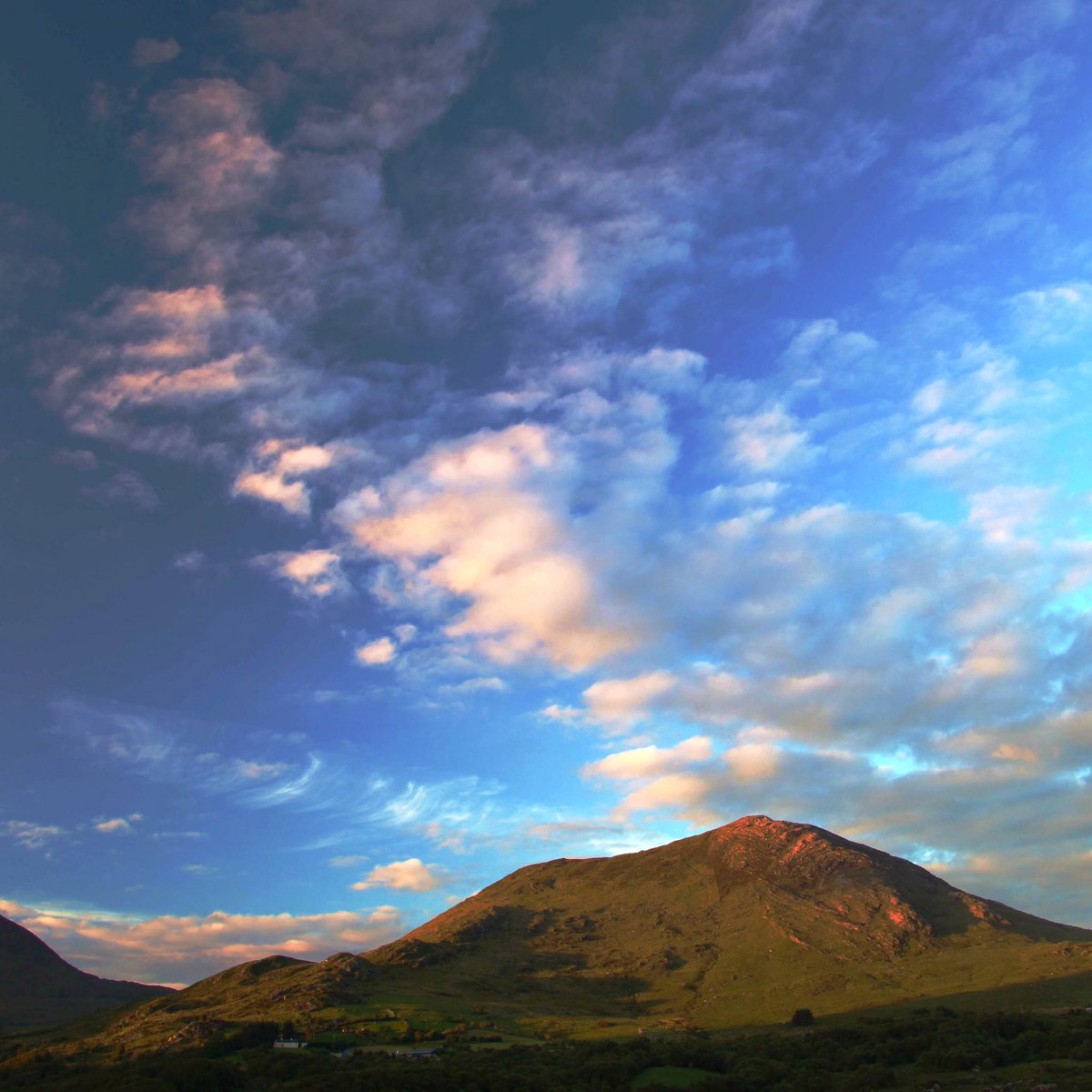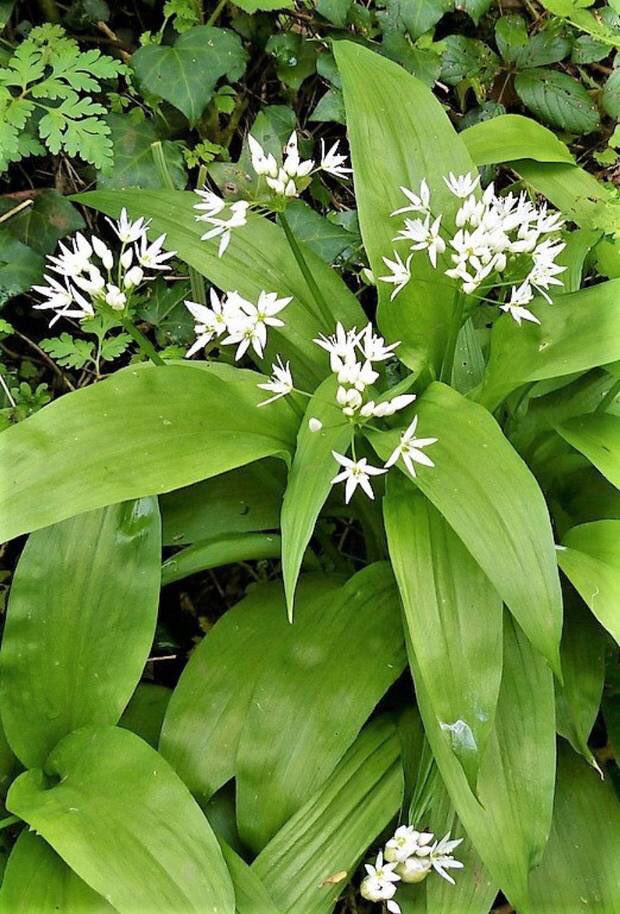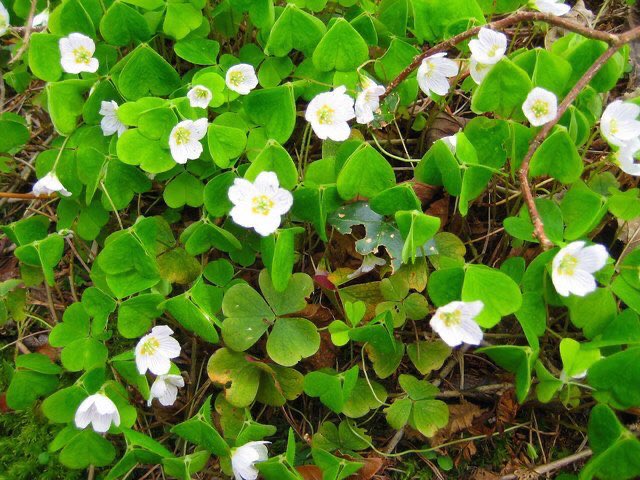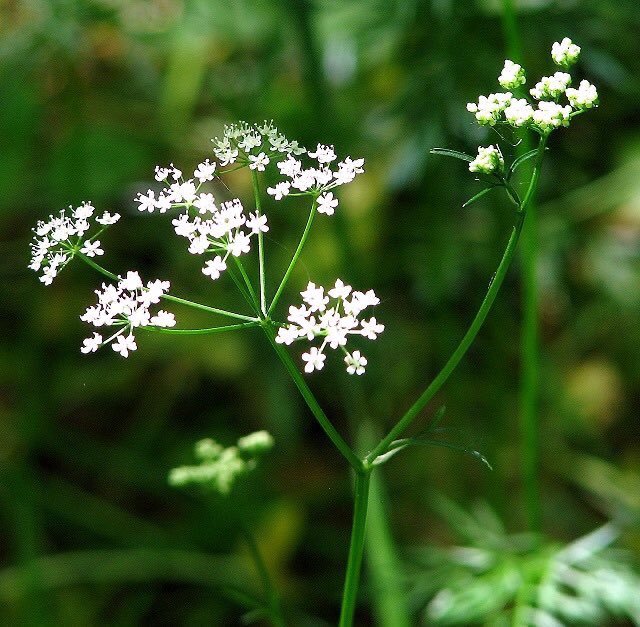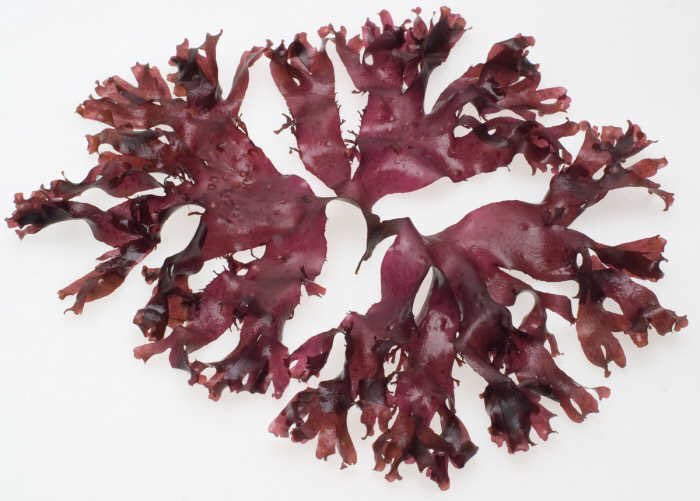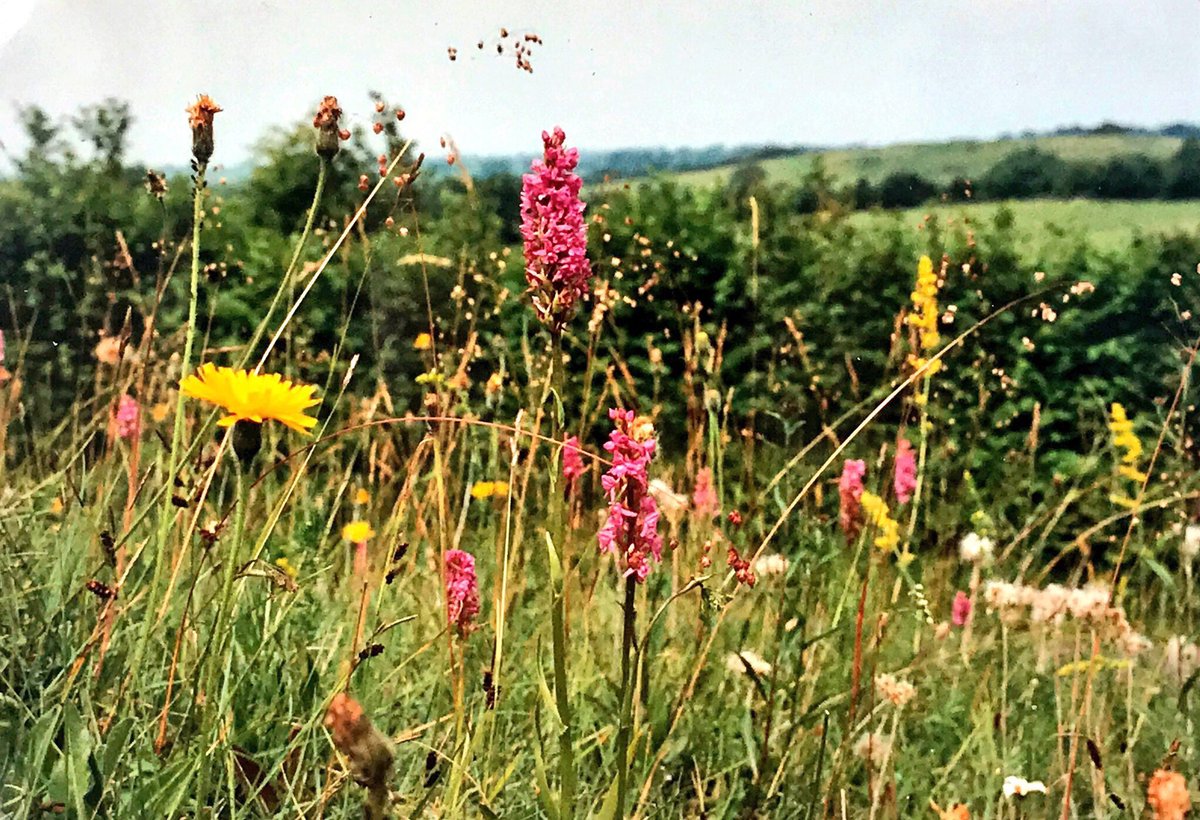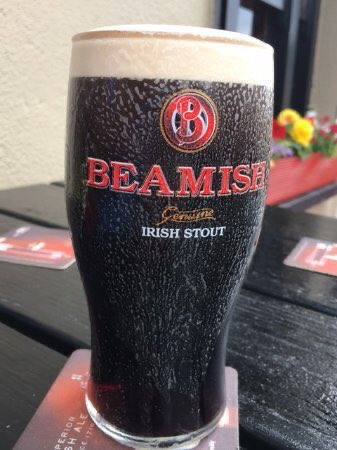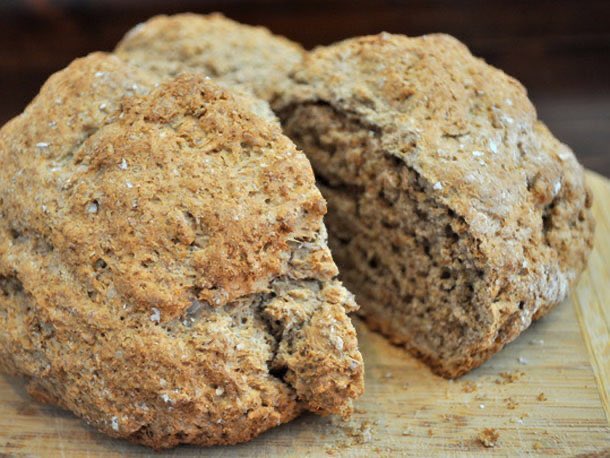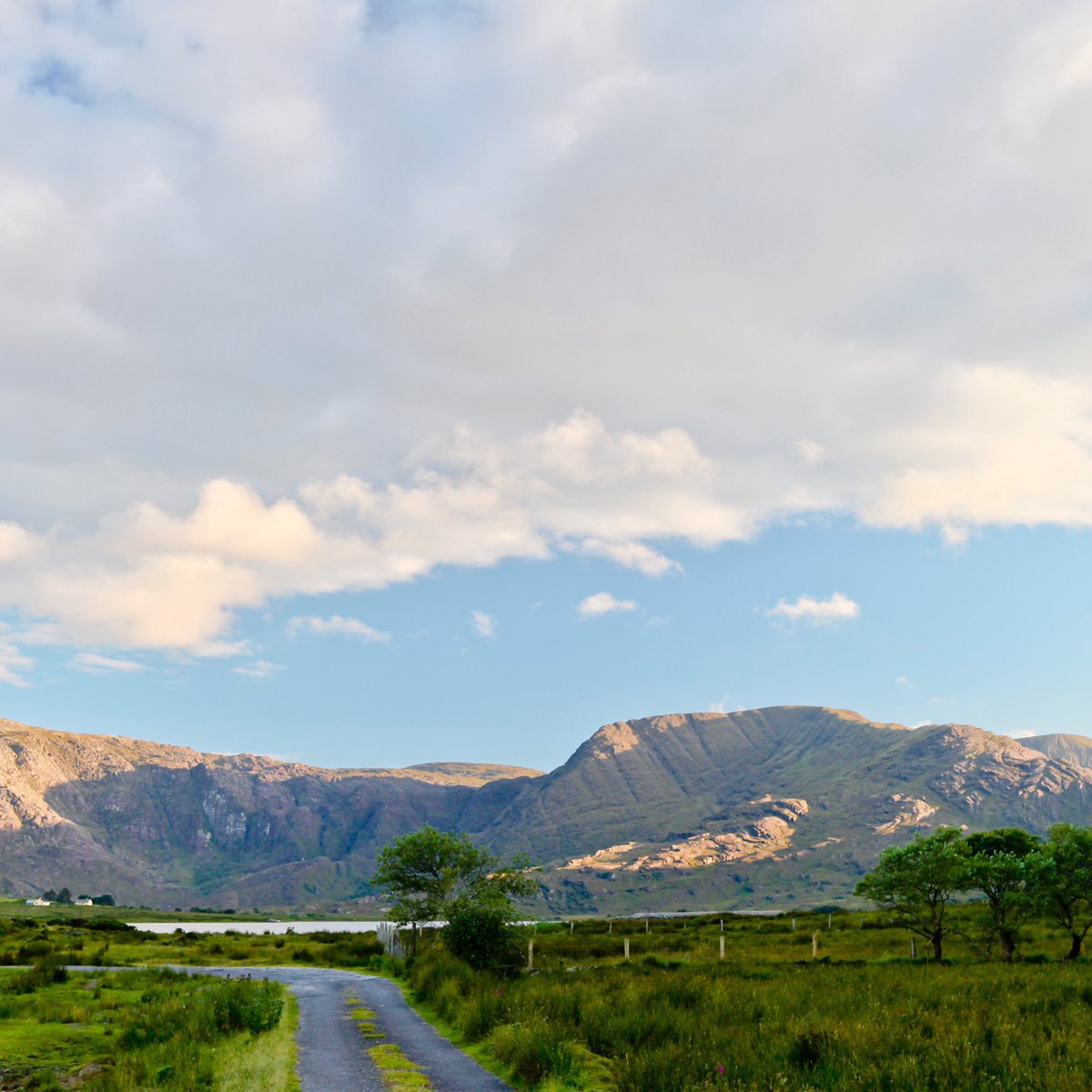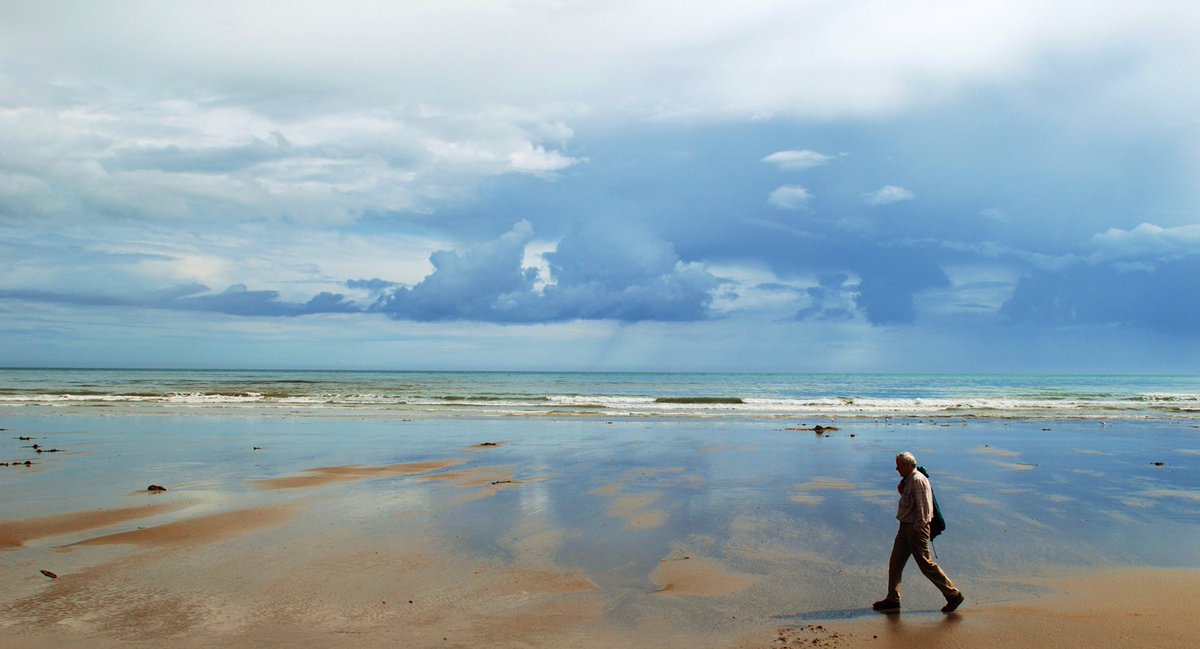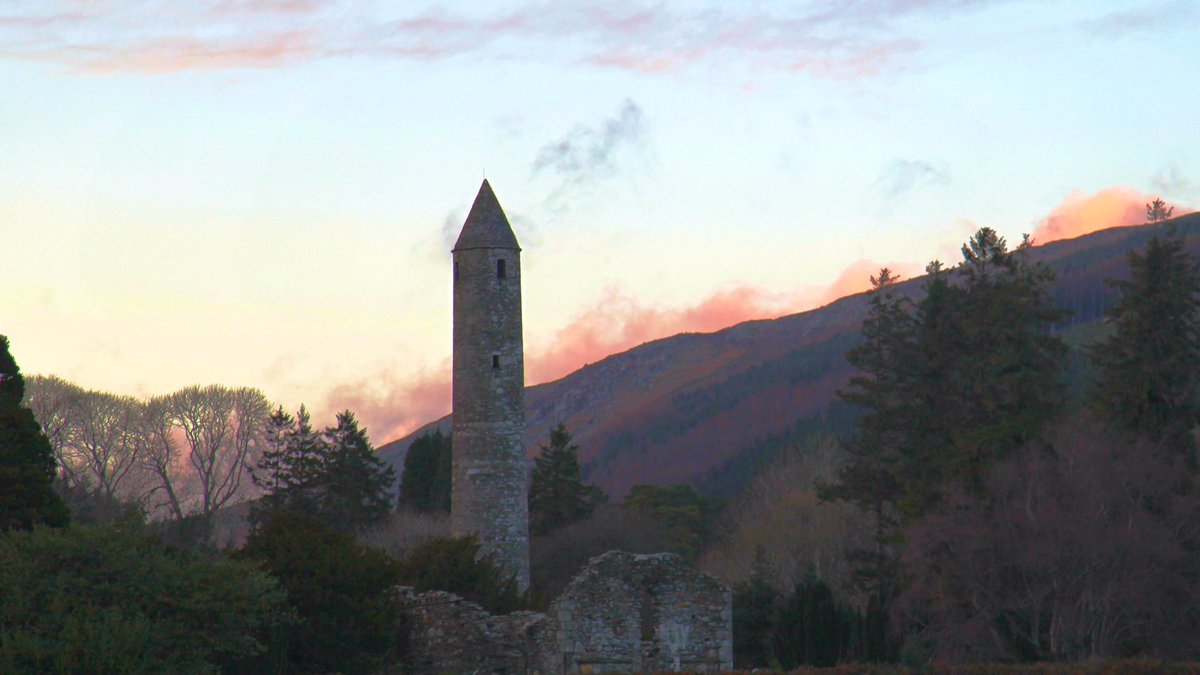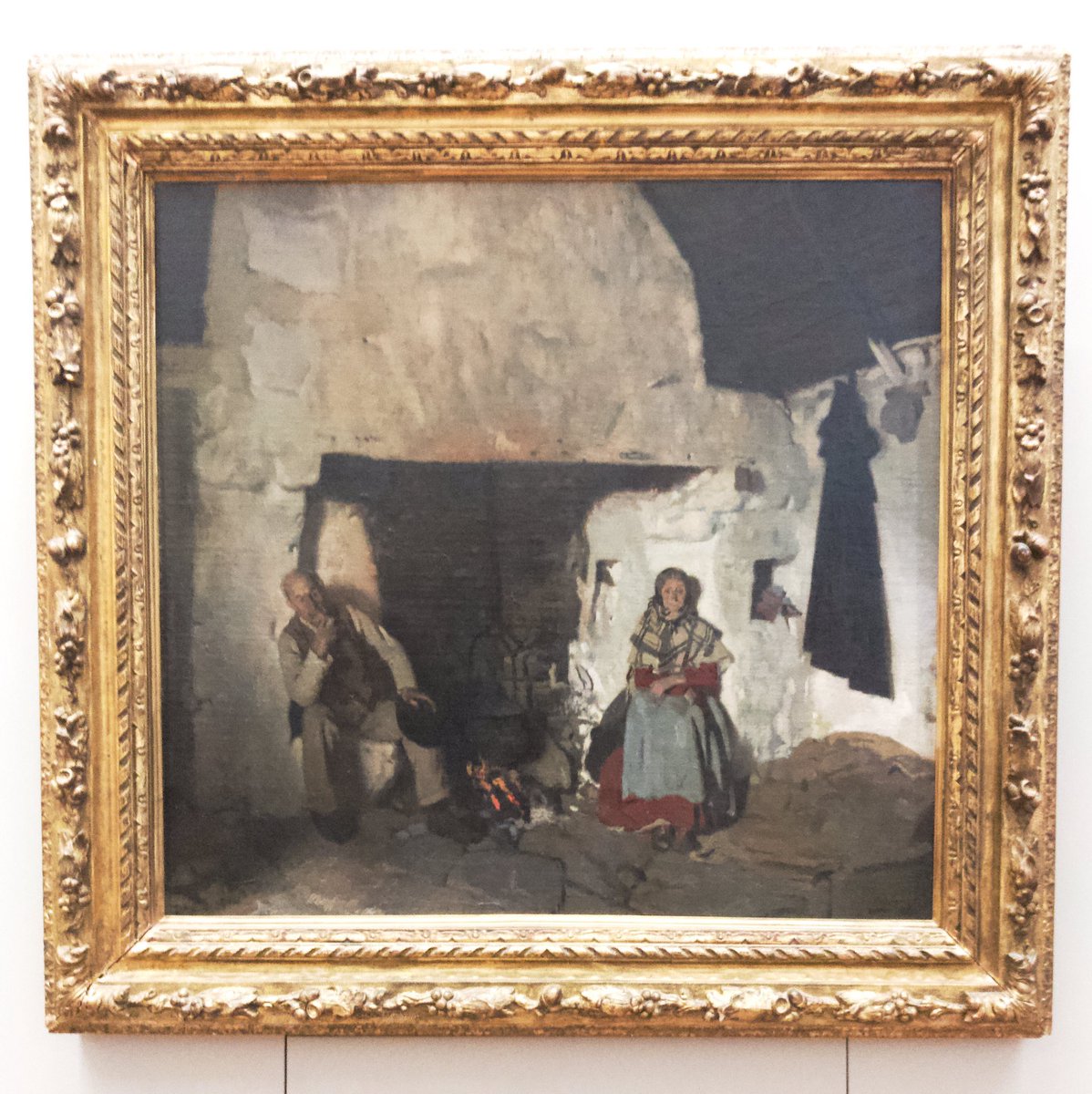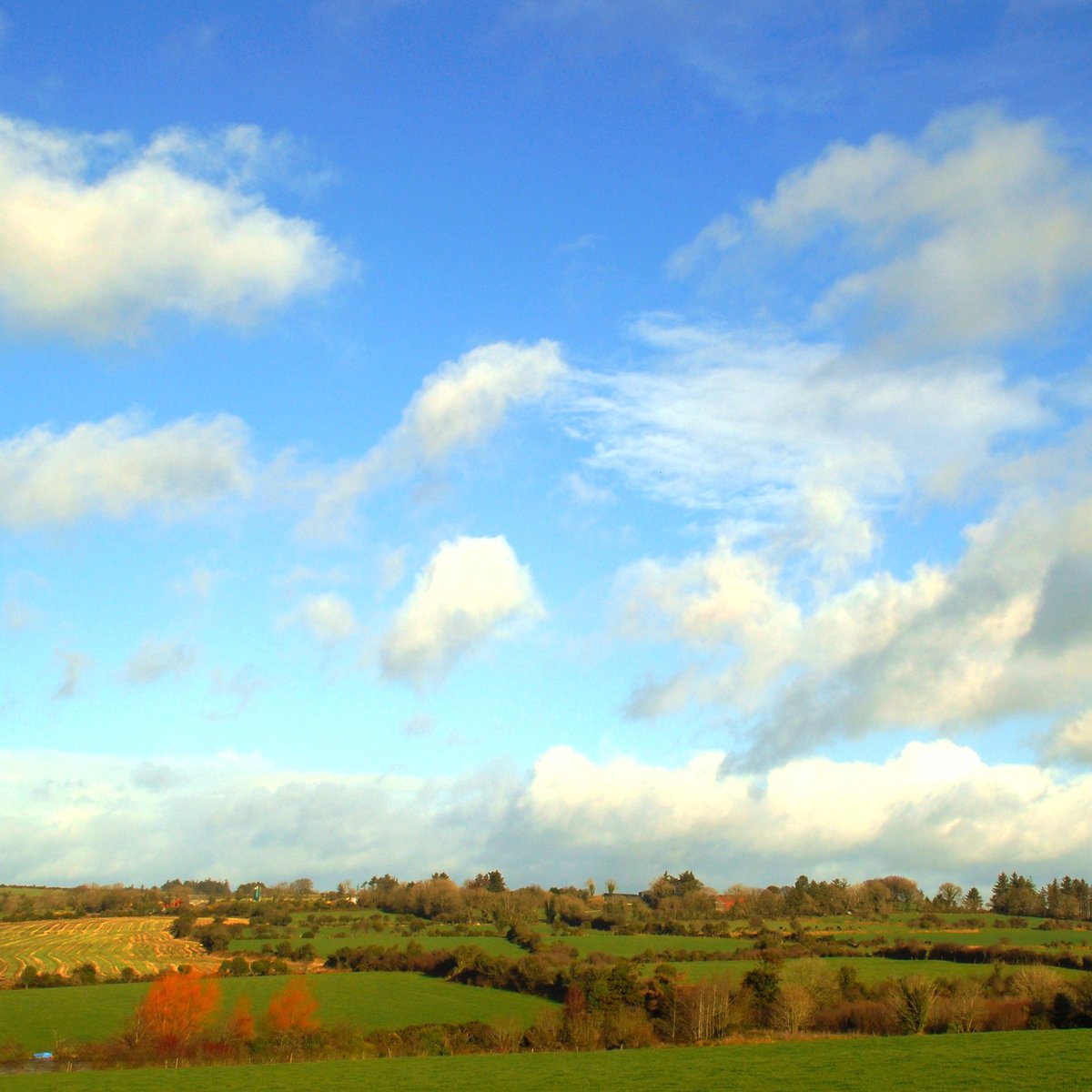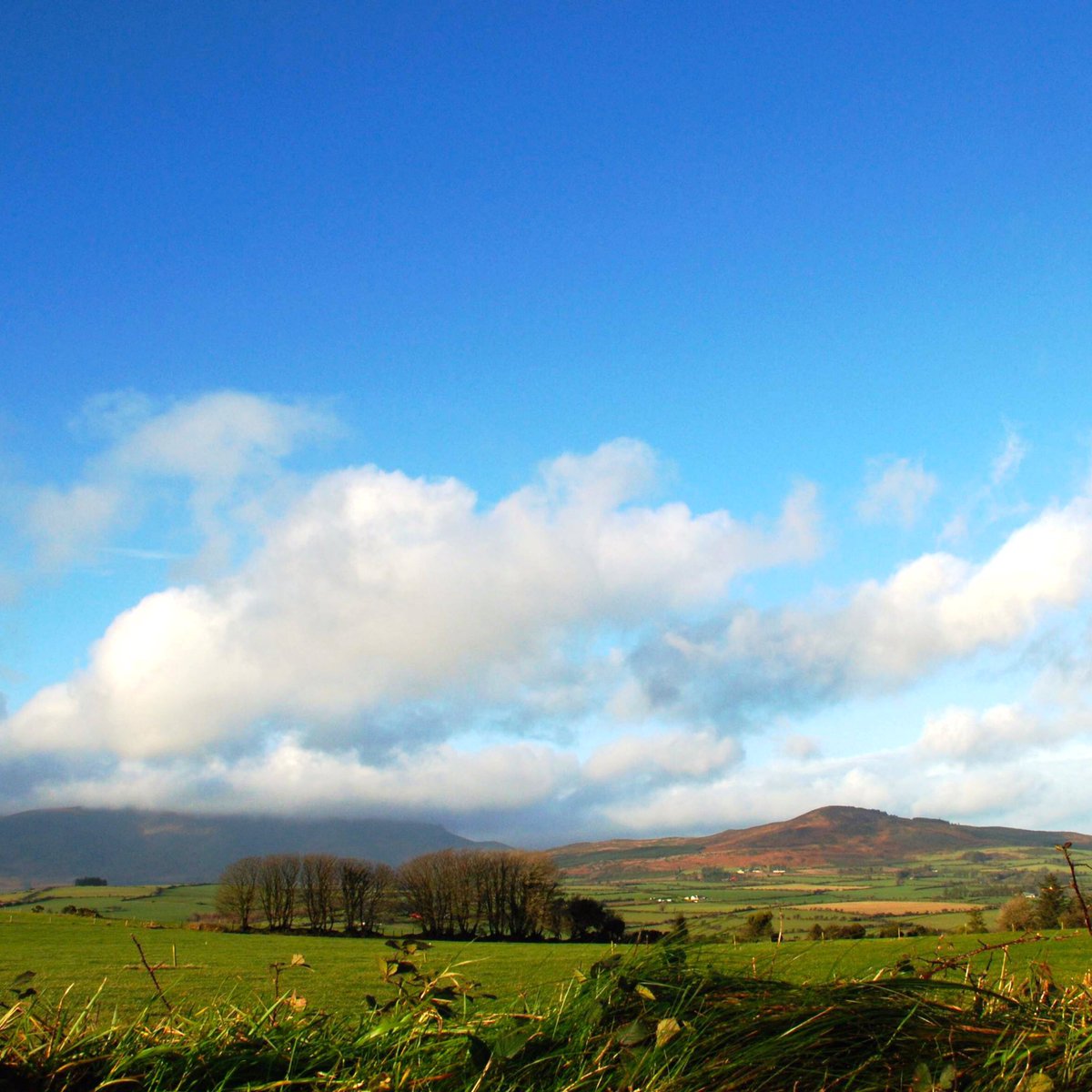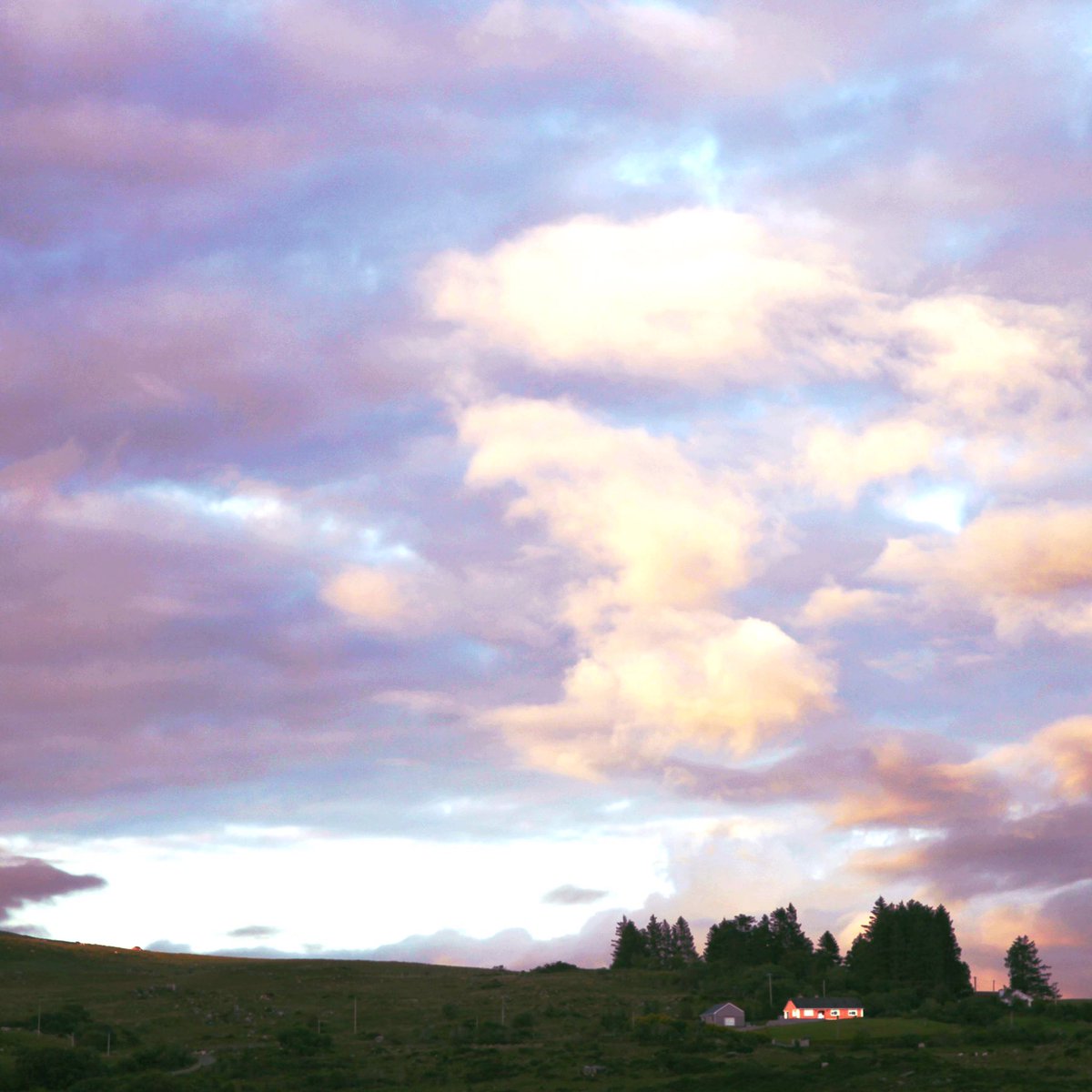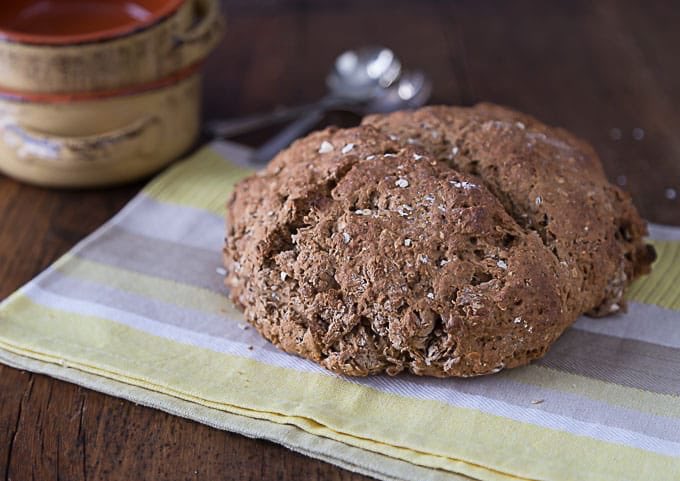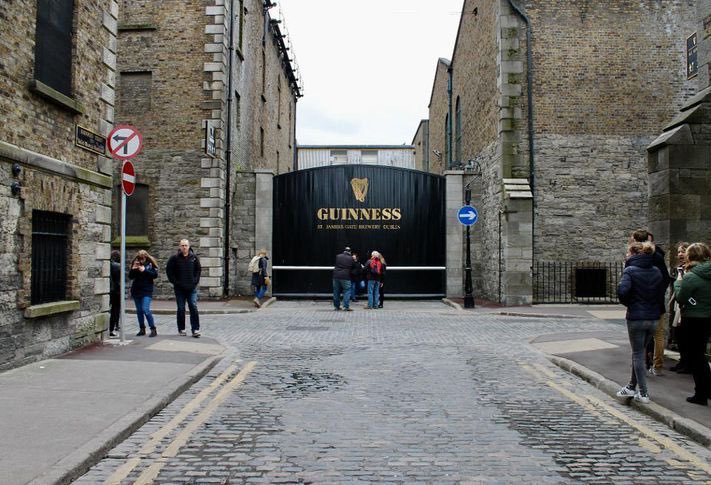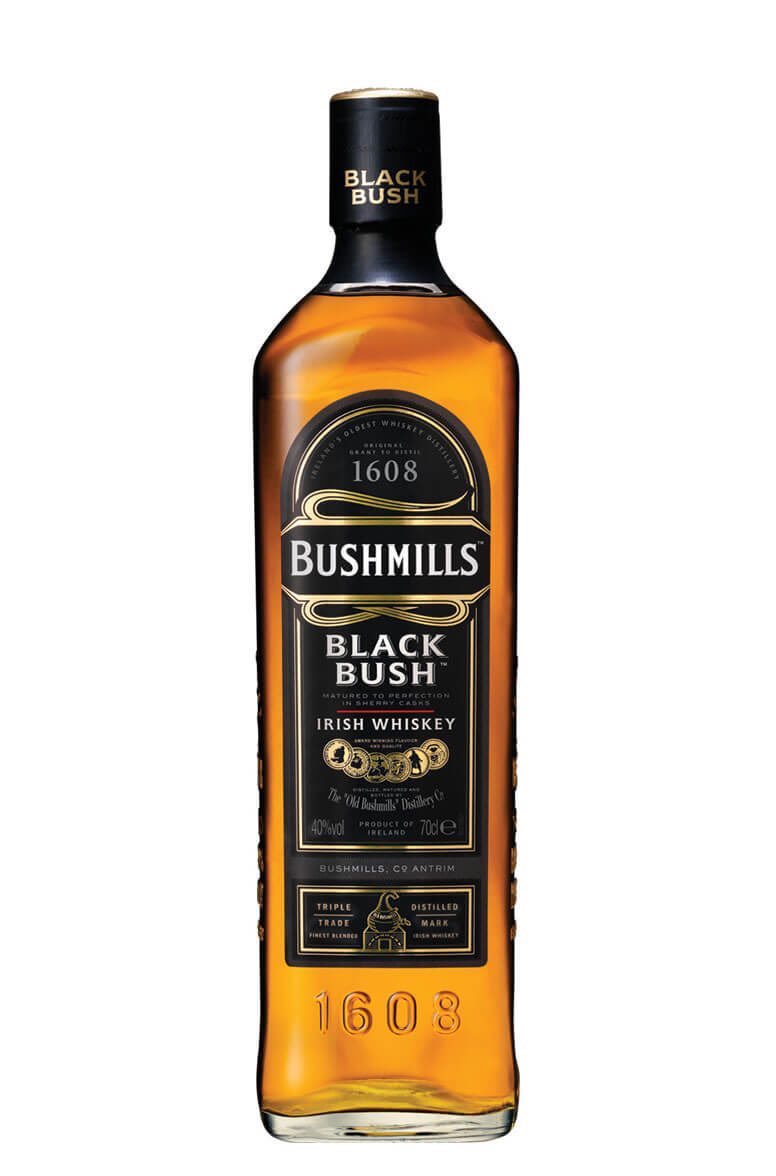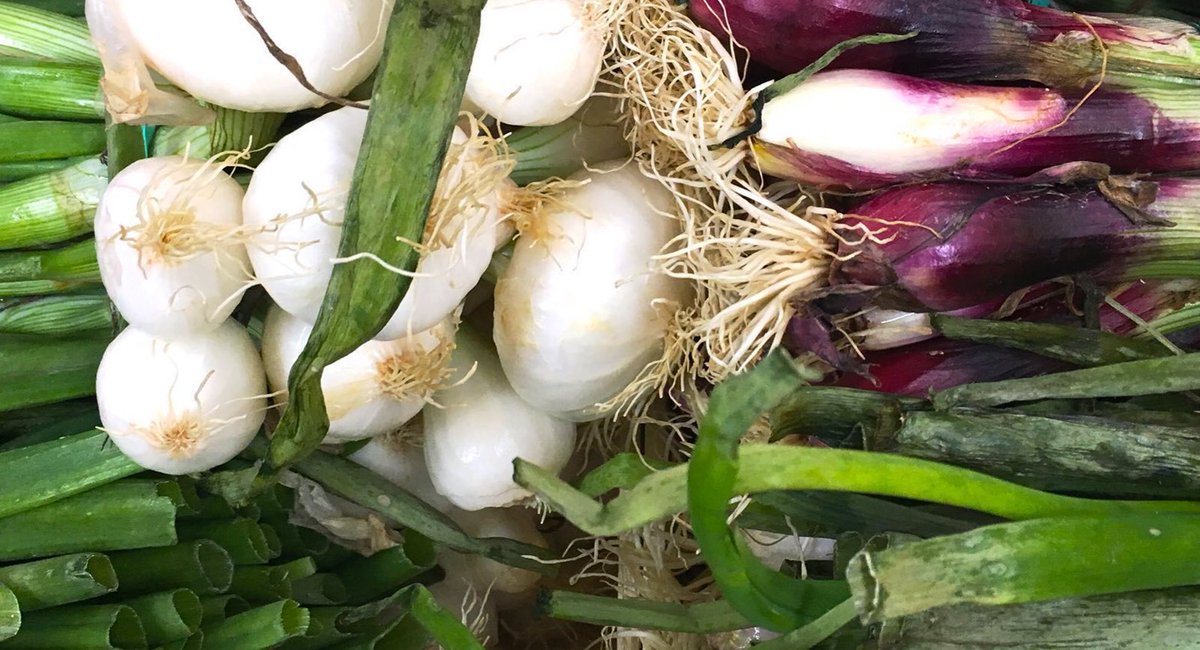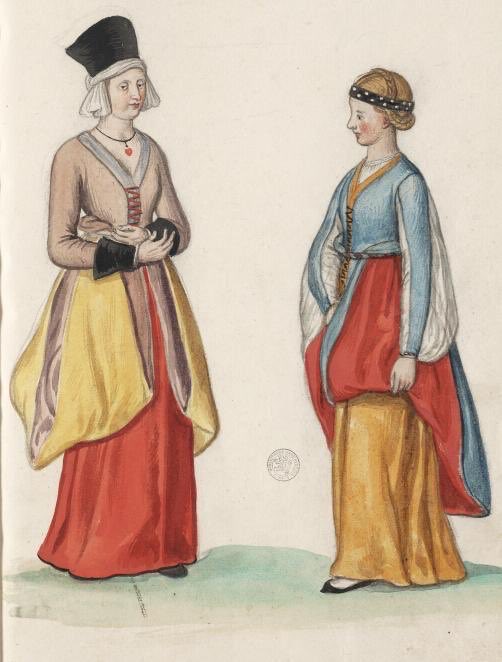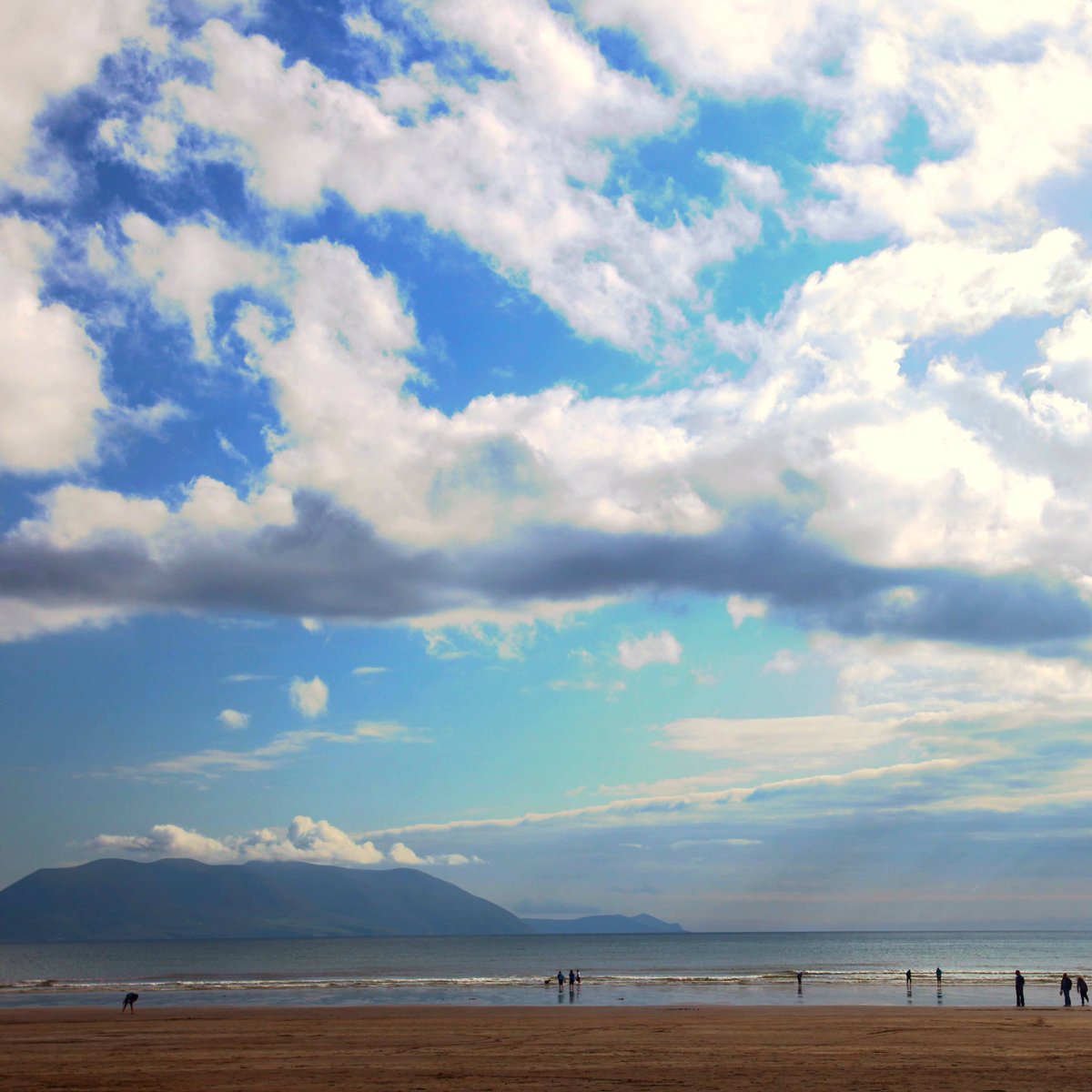Thread: Much has been written about diets but the food of our Irish ancestors is not well known. The Great Hunger (Famine) of the 1840s, when over a million died, cut us off from our culinary history. Let’s take a look at what our Celtic forebears were eating! (Kerry)
Irish people loved garlic - in fact wild garlic grows in abundance in ashwoods & hedgerows over limestone soils. Early Irish laws note it was the annual duty of a family to provide a garlic feast to a lord & three of his retainers. Garlic was served with cheese & milk.
Here’s my 2 for 1 original drawings offer for €149 to celebrate love, hope & empathy. Ends 30 June https://twitter.com/robertbohan/status/1272966064670990338
Another feature of many early medieval records was a fondness for watercress. Forget the half-hearted plastic tubs in your supermarket & remember we are talking of a sizeable plant here. It was available in winter & added piquancy to a bland diet.
Nettles were associated with poorer meals & often indications of asceticism. Wood sorrel, however, appears to have been more favoured. Again adding flavour to an otherwise predictable diet, based on bread, was why such plants were popular.
A wild plant that was eaten for its tubers was the pig nut. The fragility of the tubers led to a comparison to ‘the temper of a jealous woman’. They were said to taste best in late spring & were sought after. Time to bring them back!
Those who lived by the sea had access to the seaweed, dulse. It was hung in sheaves & quantities pulled from it as required. It’s strong taste & saltiness would have been much appreciated. Salt was an expensive commodity.
All these sprightly tastes helped leaven the diet of the Irish who subsisted mainly on bread & milk. To these was added a relish or condiment - ‘tarsunn’. The above plants would have represented such condiments. The idea being to titillate the taste buds. (Offaly)
A main meal was eaten towards evening but snacks might happen during the day. Nighttime meals included beer. The drinking of beer in many medieval societies was widespread - not least as it was more likely to be safe to drink than polluted water.
A light meal was termed a ‘lón’ (nowadays the Irish word for lunch). A man might eat a loaf of bread in his light meal & again in his main one. There was also seasonality with winter & summer food described separately.
Winter food included bullocks, flitches of bacon, malt & dried grain. Summer food revolved around dairy - milk, cream & cheese. Your status dictated your diet. Kings ate well but their lowliest subjects dined on a meagre & monotonous diet. (Kerry)
Wine & beer were drunk & claret was much admired. Indeed in some sources the importation of the good stuff from France led to the town of Bordeaux being borrowed into Irish as ‘bordgal’ to mean city or meeting-place. The Irish eschewed population centres. (Waterford)
In a strictly hierarchical society hospitality was rigidly described & it’s level dependant on the importance of the guest. A master builder would be given salted meat with his bread whereas his assistant would get only salt or vegetables. (Wicklow)
In ordinary homes women did the cooking. In royal palaces or aristocratic seats men were employed as cooks. The key abilities were bread making & dairy. We tend to forget that class was rigidly observed in early Gaelic society. (Orpen)
The Irish love affair with milk has ancient roots. This was according to a 10th C account because it was ‘good when fresh, good when old, good when thick, good when thin’. There were myriad ways of describing milk! It was an obsession. (Meath)
Butter was important & it was obligatory when a lord visited that they should be served butter every day. Other visitors were not so lucky. Indeed it’s suggested that most people never got a lick of it! (Waterford)
There is much in the ancient manuscripts about the evil that is cheese. One type needed a hatchet to be cut up! There were many different types to afflict the population. Another type could be used as a missile. The aristocracy guzzled the stuff & it was a luxury product. (Kerry)
There was a standard loaf for a man & a smaller one for a woman. A man’s loaf was about 30 ounces (0.9kg). They were generally made from wheatmeal. Nothing was wasted so husks of bran were soaked & made into a drink particularly by the poor.
Beer was an important drink. A King was required to provide it to his guests on Sundays. Indeed if his visitors left without drinking it he was considered an improper ruler! Ordinary people would have had beer brewing & a mug should have always been available. (Dutch King)
Brewers were respected in society & they had a place in the etiquette of where they sat at a king’s table. Even St Patrick was claimed to employ a man handy with malt. Most beer was derived from barley but there is a record of a wheat based one too.
Fascinatingly there is no evidence of the water of life being distilled in Ireland prior to the 13th C! Whiskey appears to have been introduced into Ireland - possibly by means of our Hiberno-Norman ancestors. Despite this, it is the only kind worth drinking today.
I’ll leave aside meat for now & have a look at other vegetables. Onions were a great delicacy & eaten raw. Cabbage/nettle soup was the province of the poor. Salt was mostly imported from at least the 8th C.
The early Irish laws suggested that as a woman was only equal to half her husband she might only eat half as much. His concubine was only entitled to a third (monogamy was a foreign import just like wine). In general people were fed according to rank & sex.
Irish food was assoc for about 2000y with class structure. Little of this survives, other than the ancient requirement & practise of hospitality. A sad example was the case of 19th C famine victims, in a sod cabin, offering an inspector the only food they had. (Kerry)
Here’s more on my special https://twitter.com/robertbohan/status/1272416204385329152

 Read on Twitter
Read on Twitter